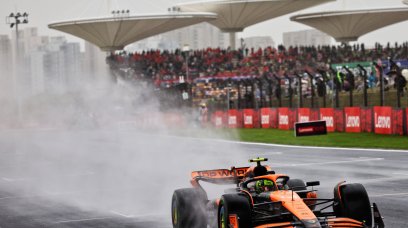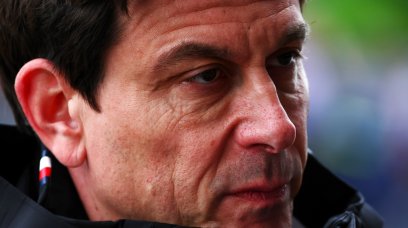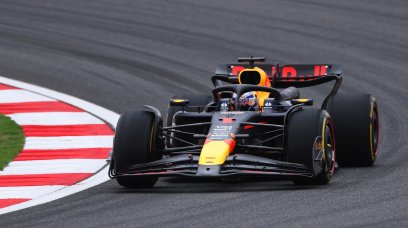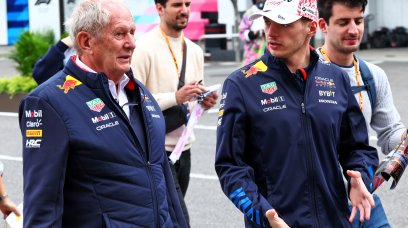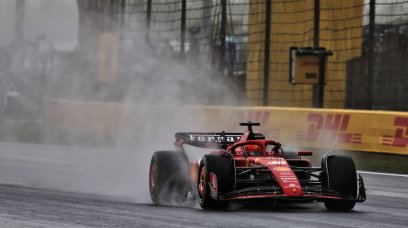Short-term measures and a long-term solution to porpoising have been approved by the World Motor Sport Council (WMSC) and communicated by the FIA. The plans, revealed by RacingNews365.com last month , mean technical changes will be introduced from the Belgian Grand Prix, ahead of further modifications for 2023. It comes in the middle of a season plagued by the effects of the returning porpoising phenomenon, which was also seen in F1's previous ground effect era. The situation came to a head in Azerbaijan, where Lewis Hamilton, Daniel Ricciardo and a number of other drivers noted back pain due to the severe bouncing, while Pierre Gasly took a trip to hospital after the race . In response, the FIA issued a Technical Directive aimed at tackling porpoising and preventing teams from running a car that could put their drivers at risk (i.e. if a car bounces too much or too severely, the ride height must be raised or a team would risk disqualification). These measures were initially due to come into force at the French Grand Prix, before being pushed back to Belgium – when F1 returns from its summer break. In a statement issued on Tuesday, the FIA confirmed the various short- and long-term changes that will be arriving.
What's changing in the short- and long-term?
From the upcoming round at Spa-Francorchamps, several key measures will come into play, including a stiffening of the plank skids and wear measurement. In their statement, the FIA explained: "The phenomenon of vertical oscillations ('aerodynamic porpoising'), combined with low ride heights and minimal rake have been a noted characteristic of the new generation of Formula 1 cars, introduced in 2022, and has been discussed several times in the Technical Advisory Committee meetings. "The appearance of this phenomenon raised concerns about safety and the health and wellbeing of the drivers. "While the effect of this phenomenon has been less pronounced on some recent circuits, the FIA believes that its occurrence, and the associated safety issues, will remain and potentially become even worse in the future." As for the 2023 season, several further rule changes have been honed in on by the FIA. This includes the cars' floor edges being raised by 15mm, as opposed to the 25mm initially outlined, after a compromise was reached between the parties involved . The FIA also confirmed that the "throat height" of the diffuser will be raised, along with an increase in "diffuser edge stiffness", and an additional sensor will be installed to effectively monitor the car's oscillations.
Roll hoop regulations addressed after Zhou's crash
The FIA have also moved to make improvements to the roll hoop design of F1 cars, following the first lap crash at the British GP. Alfa Romeo's Guanyu Zhou was pitched into a roll after a collision at the start of the race, which overturned his car. The roll hoop on his car did not function correctly, and did not withstand the forces of the crash, leaving Zhou upside down in his car. The FIA have decided to amend the 2023 regulations to create a more rounded top of the roll hoop, and change the test criteria to ensure it passes the tests at a higher point in the hoop.
Most read

